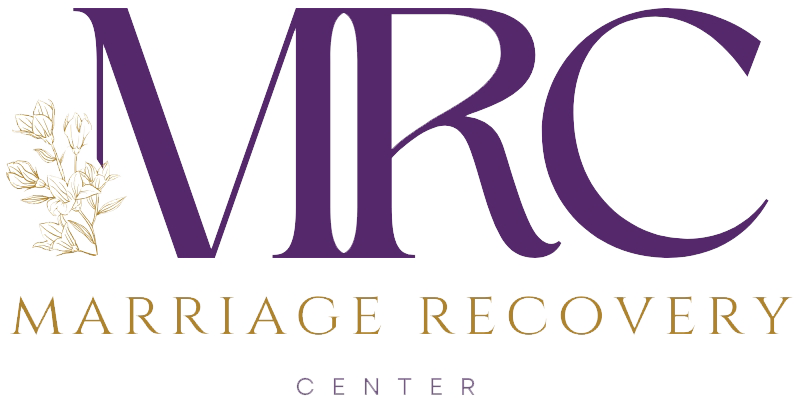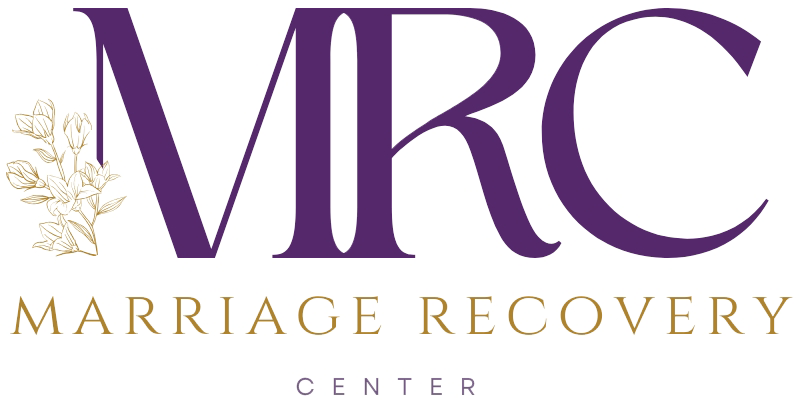Dr. David Hawkins provides insights into the complex process of rebuilding trust after emotional abuse. Known for his book, “When Loving Him Is Hurting You,” Dr. Hawkins explores the devastating impact of narcissistic and emotional abuse on women. He has also developed a unique treatment program called the Comprehensive Core, aimed at treating perpetrators of narcissistic and emotional abuse.
The question of whether trust can be rebuilt in a narcissistic and emotionally abusive relationship often arises. While the short answer is yes, the process requires a significant amount of work. The Marriage Recovery Center and the Emotional Abuse Institute, under Dr. Hawkins’ direction, have found that most individuals seek hope for restoring their relationships. Love may still exist in these relationships, but the foundation for healing lies in the restoration of trust.
The Importance of Trust
Trust is the cornerstone of any healthy relationship. It signifies reliability and mutual care. When trust is broken, it can feel like the ground has been pulled out from under the affected individual. Whether the issue is financial trust, emotional trust, or personal safety, trust ensures that promises will be kept and that one’s well-being is considered.
Steps to Rebuild Trust
Rebuilding trust after emotional abuse involves a structured, multi-step process that requires commitment from both parties, particularly from the perpetrator. The following five steps are crucial in this endeavor:
Step 1: Understanding the Process
Rebuilding trust is not a one-time event but an ongoing process that demands continuous effort and dedication. Both parties must acknowledge the difficulty of this journey and commit to seeing it through to the end.
Step 2: Identifying the Injury
To rebuild trust, it is essential to clearly identify and articulate the nature of the injury. Understanding whether the violation is a new wound or a reinjury of an old one is crucial. This step involves discussing the impact of the injury and addressing it in new and different ways.
Step 3: The Burden of Rebuilding
The responsibility for rebuilding trust falls primarily on the perpetrator. This individual must acknowledge their role in the breach and take proactive steps to mend the relationship. Demonstrating a genuine commitment to change and to the process of rebuilding trust is essential.
Step 4: Acknowledging the Wrong
A structured approach to acknowledging wrongdoing can facilitate healing. The following five-step process is recommended:
- Admit the Violation: Clearly state what was done wrong.
- Name the Wrong: Specifically identify what was wrong about the action.
- Express Sorrow: Convey genuine regret and sorrow for the harm caused.
- Recognize the Impact: Understand and articulate the impact of the wrongdoing on the victim.
- Commit to Change: Outline steps that will be taken to restore the relationship.
Step 5: Establishing New Boundaries
After addressing the injury, establishing or reestablishing new boundaries is vital. These boundaries serve as a new foundation for trust. It is not obligatory for the victim to trust immediately; trust is earned as safety is demonstrated. Clear agreements on behaviors, such as financial transparency or open communication, can help in rebuilding trust.
Practical Guidelines for Restoring Trust
Couples may find it helpful to write down their agreements to create a tangible sense of accountability. For example:
- Financial Agreements: Decide not to spend over a certain amount without mutual consent.
- Communication Transparency: Agree not to have private emails or conversations without the other’s knowledge.
These guidelines help create a sense of safety, trust, and transparency in the relationship.
Conclusion
Rebuilding trust after emotional abuse is a challenging journey, but it is possible with dedication and the right approach. Understanding that trust rebuilding is a process, identifying the injury, placing the burden of rebuilding on the perpetrator, acknowledging the wrong, and establishing new boundaries are critical steps in this journey.
Trust is foundational for any relationship. With patience, commitment, and genuine effort, it is possible to move from an abusive dynamic to one of health and mutual respect. For those struggling with these issues, seeking help from specialized programs like the Comprehensive Core treatment program can provide valuable support and guidance.
To learn how we can help, reach out to us at (206) 219-0145 or info@marriagerecoverycenter.com to speak with a Client Care Specialist
Also read: How to Heal Emotional Abuse in Three Stages
About Dr. Hawkins:
The internet is inundated with hyperbole and misinformation about narcissism, leaving many people confused and hopeless. Get the facts on narcissism and emotional abuse from someone who has been researching, writing about and treating narcissism and emotional abuse for over a decade.
Dr. Hawkins is a best-selling author and clinical psychologist with over three decades of experience helping people break unhealthy patterns and build healthier relationships.
He is the founder and director of the Marriage Recovery Center and the Emotional Abuse Institute which offers education, training and counseling for people who want to break free of, and heal from, emotional abuse. Whether the perpetrator of the abuse is your spouse, partner, parent, boss, friend or family member, we offer practical advice for anyone trapped in a toxic, destructive relationship.
In addition to narcissism & emotional abuse, you’ll learn about the lesser known forms of abuse, including covert abuse, reactive abuse, spiritual abuse, secondary abuse, relationship trauma and much more.








